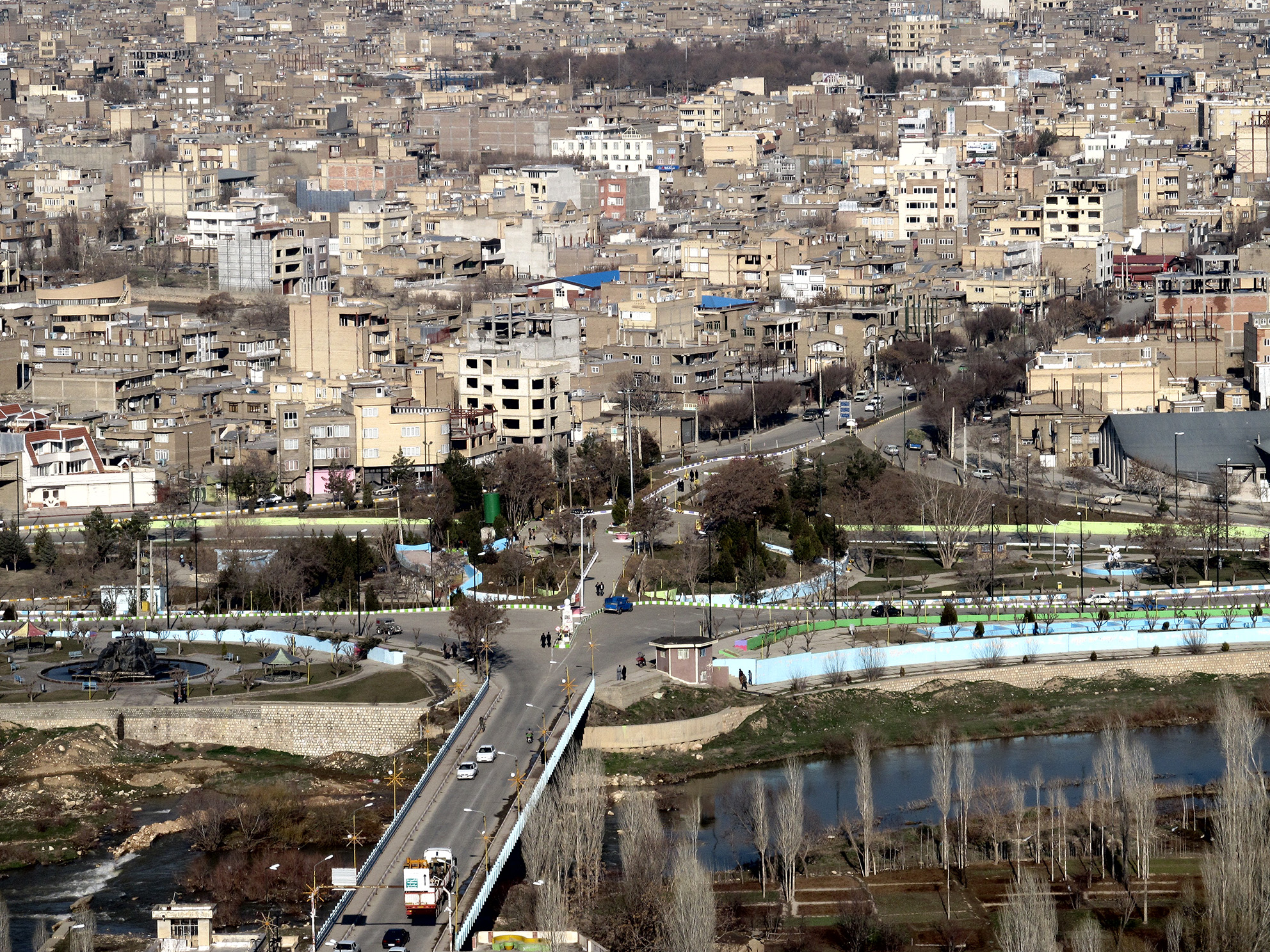About a third of the urban population of 59.14 million, or nearly 20 million people (one-fourth of the national population which is close to 80 million), lives either in distressed areas or informal settlements, according to Nariman Mostafaee, director general of the National Headquarters for Urban Regeneration at the Ministry of Roads and Urban Development.
“A large segment of the population is residing in 57,000 hectares of urban distressed areas, 21,000 hectares of urban historical spaces (unsuitable for living), and 48,000 hectares of informal settlements,” IRNA quoted him as saying.
A pilot program for upgrading informal settlements has been developed by the ministry and will soon be implemented in Bukan city (one of 14 cities and towns in West Azarbaijan Province). “If successful, the project will be expanded nationwide,” he said.
Around 11-13 million people are currently living in 974 informal settlements across the country, and “200 projects have been planned to upgrade 120 informal settlements in 108 cities, after completion of the pilot project.”
On why Bukan was selected for the pilot scheme, he said the total land area of the city is 1,765 hectares, of which 18% is covered by informal settlements. The population growth rate of the city is high at 12%, the second highest after Eslamshahr in south Tehran.
The Kurdish city has a population of 251,000, of whom 195,000 live in urban areas and the remaining in villages.
Four informal settlements in Amir Abad, Eslam Abad, Kaltappeh, and Kouy-e- Andisheh neighborhoods have been selected for upgrade, Mostafaee said.
Earlier, Mohammad Saeed Izadi, deputy minister of roads and urban development had said plans to upgrade shanty towns include enhancing urban services by providing better housing and health facilities and increasing educational and green spaces.
“But we also have to keep in mind that only the minimum standards of urban services should be provided in the informal settlements so as not to encourage others to move into those areas.”
In February 2017, the Majlis allocated $55 million (2,200 billion rials) for upgrading informal settlements in the annual budget 2017-2018, according to Gholam Ali Jafarzadeh Imenabadi, a member of the Majlis Planning and Budget Commission.
The problem of unofficial settlements is more serious in some provinces like Khorasan Razavi, Khuzestan, Lorestan, Sistan-Baluchetsan, Lorestan, Kerman, West Azarbaijan, and Tehran. Under the next economic, social and cultural development plan (2017-2022) upgrading and empowerment of 270 informal settlements has been envisaged.
Missed Targets
Most people think informal settlements exist in the outlying areas, but according to a recent survey of 91 cities, 87% of the shanties are located within cities, and over 80% of the informal settlements were more than 20 years old.
The number of informal settlements should have been reduced by 10% each year under the previous two economic development plans. However, only 13% of the goal has been reached, officials concur.
The rapid growth of informal settlements in fringe areas of the bigger cities and sharp increase in the number of people living in these settlements has indeed forced the authorities to take measures to provide some important services so as to keep in check social and health damages associated with the phenomenon.
The settlements flout official urban development programs, and are deprived of many facilities like drinking water, adequate gas and electricity supply as well as schools and health centers.
The United Nations Human Settlements Program, UN-Habitat, says informal settlements and slums are caused by a range of interrelated factors, including population growth and rural-urban migration, lack of affordable housing for the urban poor, bad governance (particularly in the areas of policy, planning, land and urban management leading to land speculation and grabbing), economic vulnerability and underpaid work, discrimination and marginalization, and displacement caused by conflict, natural disasters and climate change.
In Iran, a combination of all these factors plus deteriorating local economic conditions, years of drought and growing joblessness have rendered thousands of villages and towns literally uninhabitable as young men flock to the bigger cities to make ends meet.
Compared to other urban dwellers, people living in informal settlements suffer more spatial, social and economic exclusion and the benefits and opportunities of the broader urban environment.


